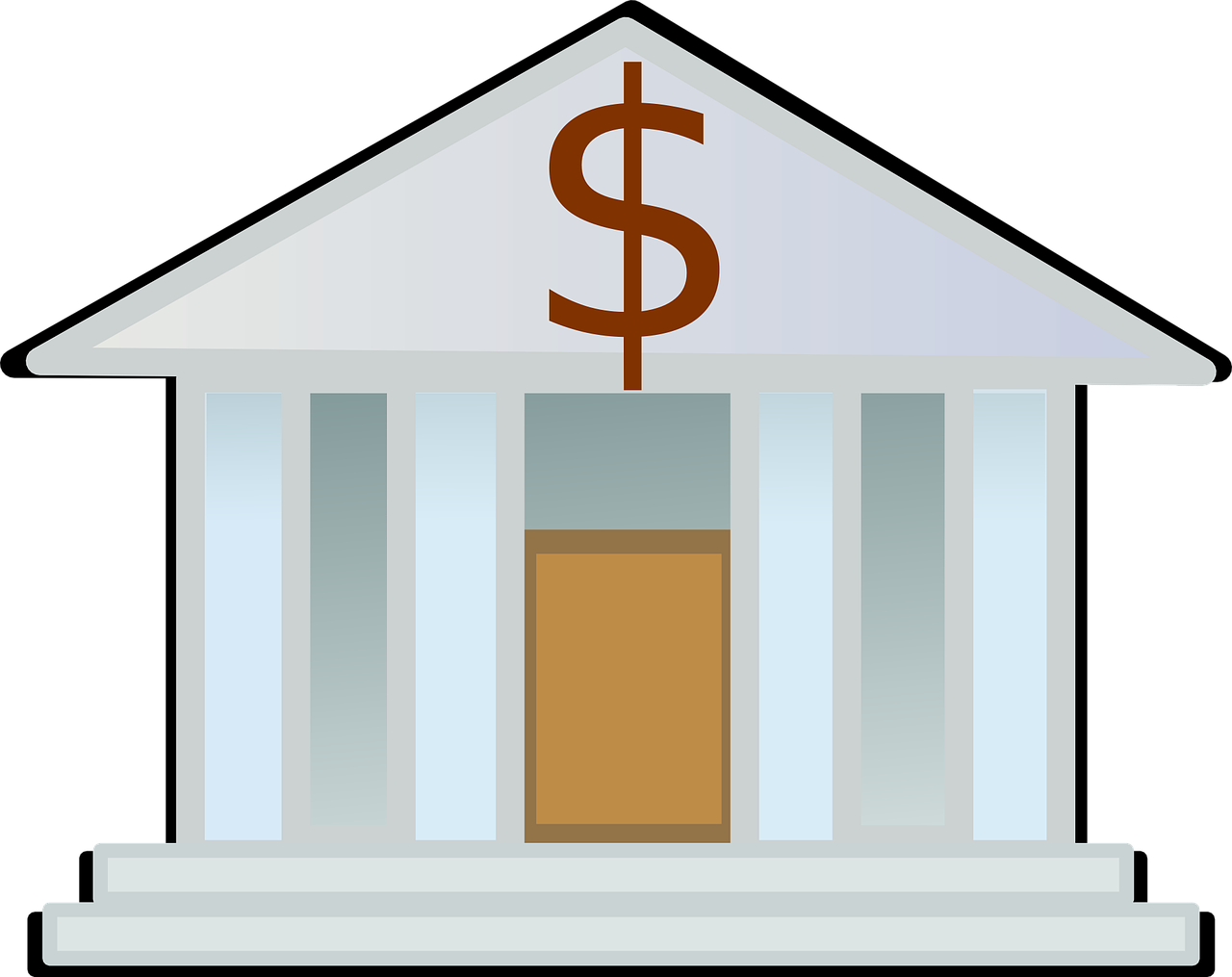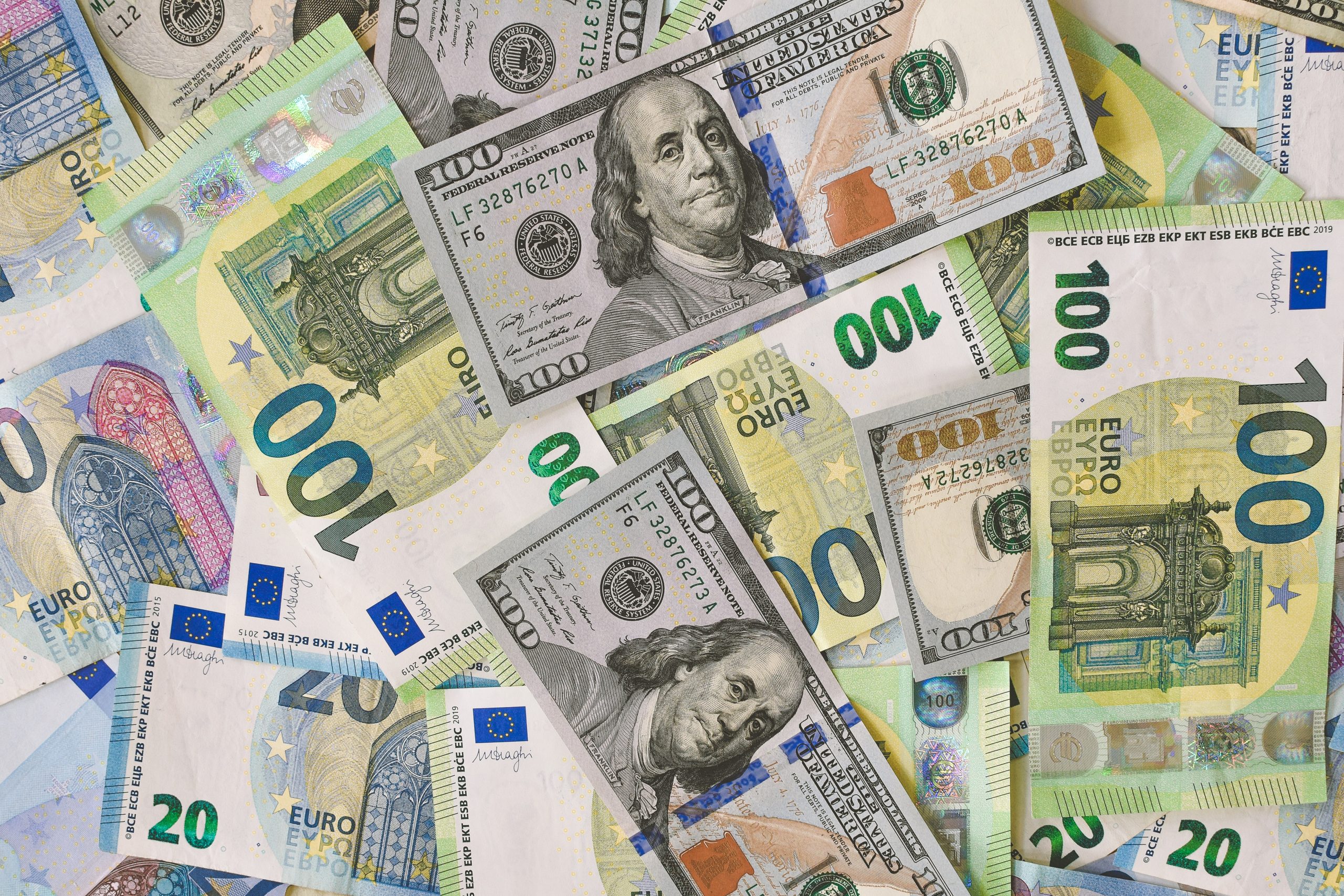The European Central Bank (ECB) has slashed its dividend payout to banks in the eurozone, as the bank’s interest rate hikes have taken a bite out of profits. The ECB announced on Thursday that it was cutting its dividend payout to eurozone banks from 0.50 percent to just 0.10 percent. This decision comes as the ECB looks to protect itself against any potential losses stemming from higher borrowing costs due to higher interest rates. The decision is likely to be felt across the banking sector in Europe, as banks are already struggling with low profits amid a weak economy. In this article, we will explore what this cut means for European banks and how they can adjust their strategies accordingly.
The European Central Bank (ECB) has announced a cut to its dividend
The ECB has announced a cut to its dividend as interest rate hikes bite into profits. The central bank said it would cut its main refinancing rate by 25 basis points to 0.75%, in a move that was widely expected by economists. However, the ECB also said it would reduce its annual dividend payout to €1.50 per share from €1.60 per share.
The decision to cut the dividend is a sign that the ECB is feeling the pinch from higher interest rates. The central bank has been under pressure to raise rates in order to curb inflation, but this has come at the expense of profits. In its latest financial statement, the ECB said that net interest income fell by €2 billion in the first quarter of 2018, compared with the same period last year.
The ECB’s announcement comes just a day after the European Commission slashed its growth forecast for the eurozone this year from 2.3% to 2%. The commission cited higher interest rates and trade tensions as two of the main reasons for the downgrade.
This is in response to recent interest rate hikes which have eaten into profits
In response to recent interest rate hikes, the European Central Bank has cut its dividend. This is in line with other central banks which have also taken action to protect their profits.
The ECB’s decision to cut its dividend comes as no surprise given the recent interest rate hikes. These hikes have eaten into profits and made it difficult for the ECB to maintain its dividend payout. However, by cutting its dividend, the ECB will be able to protect its profits and continue to provide a strong return for shareholders.
The ECB is still confident in its monetary policy
The European Central Bank (ECB) is still confident in its monetary policy, even after cutting its dividend for the first time in eight years.
The ECB said on Thursday that it would cut its main refinancing rate by 10 basis points to 0.10 percent and reduce the interest rate on its deposit facility by 20 basis points to negative 0.40 percent. The bank also announced a series of new targeted longer-term refinancing operations (TLTROs).
The moves come as the ECB attempts to boost inflation in the eurozone, which has been stuck at around zero percent for more than a year. The central bank has cut rates and injected billions of euros into the economy through asset purchases in an effort to raise prices.
Despite these measures, inflation remains below the ECB’s target of close to 2 percent. As a result, the central bank has come under pressure from some quarters to do more to stimulate the economy.
However, ECB President Mario Draghi said that Thursday’s decision was not taken in response to such calls. “We are not reacting to any particular development,” he told a press conference. “This is a comprehensive package which we believe will deliver on our mandate.”
Draghi added that the ECB still had “ammunition” left to fight low inflation if needed. He stressed that the bank was “ready to act” if necessary, but said there was no need for further stimulus at present.
Despite the cut, the ECB’s overall profits are still strong
The European Central Bank (ECB) announced on Thursday that it would cut its dividend for the first time in nearly a decade, as higher interest rates and other expenses bit into its profits.
The ECB said its net profit for 2018 fell to 1.36 billion euros ($1.55 billion) from 2.09 billion euros a year earlier. That was below the average forecast of 1.52 billion euros in a Reuters poll of economists.
Despite the cut, the ECB’s overall profits are still strong. The central bank has been able to weather the storm of higher interest rates better than many other institutions because it has been able to hold on to more of its bond portfolio at low rates.
The dividend cut may be unpopular with some, but it is a necessary measure
The European Central Bank (ECB) has cut its main interest rate from 0.4% to 0.25%, a move that is likely to be unpopular with some savers and investors.
The ECB has also decided to reduce the size of its monthly bond-buying program, known as quantitative easing (QE), from €80 billion ($88 billion) to €60 billion.
The ECB’s decision comes as a result of the bank’s concerns that higher interest rates could hurt economic growth in the eurozone.
Inflation in the eurozone remains low, at just 1.3%, despite the ECB’s efforts to boost prices through QE. The central bank is now worried that raising rates could further slow inflation and damage the economy.
The dividend cut may be unpopular with some, but it is a necessary measure in order to protect the eurozone’s economy from further harm.
Conclusion
The European Central Bank’s decision to cut its dividend shows that the recent interest rate hikes have taken their toll on profits. The ECB is one of the few central banks in Europe to have maintained a steady dividend payout, so it serves as an example of how other banking institutions may need to adjust their dividend payments in order to stay afloat. In addition, this news also underscores the importance of prudent monetary policy decisions for ensuring the long-term financial health and stability of major European economies.










